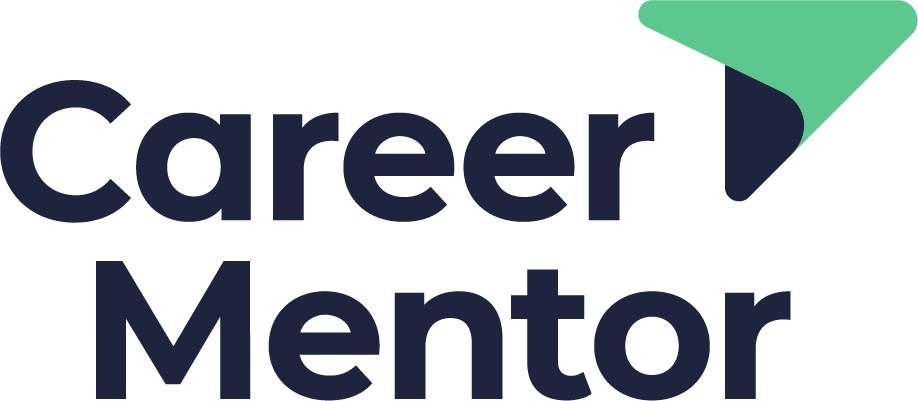Using Connection Requests on LinkedIn
There’s no question that LinkedIn has become an essential tool in having a successful career. Despite this, many Financial Services professionals are not using the platform in the most effective manner. In this short read, I’ll focus on the importance of connection requests and how best to open productive conversations.
The ethos of the LinkedIn platform
It would seem that LinkedIn’s ethos is to have people connecting in an organic and natural way. Attempts by some to automate sending connection requests or messages have been effectively blocked, not least by restricting the maximum number of weekly connection requests to 100. LinkedIn really encourages people to connect with people and to add value to one another by posting and commenting. For example, it rewards those posts that do well by promoting them to a wider audience. It makes sense, therefore, that as a Financial Services professional, you work within this ethos and act in a way that allows you to maximise LinkedIn’s potential. Most importantly, you want to use the platform to be findable and able to connect with highly relevant people who could, in some way, further your career.
Numbers count
No one outside LinkedIn seems to really know how the algorithms work. However, there are any number of bloggers who have been able to see what does and doesn’t work. They acknowledge that you’re more likely to be noticed and found on LinkedIn if you have 500 connections than if you have 50. It follows that 5,000 is even better, and so on. Furthermore, each time you send a connection request, that person may well take a quick look at your Profile. Research suggests that the algorithms also like profile views. More profile views means that you’re more likely to be returned in a search for people with your skills and keywords. So the more the better, right? Well, it depends.
Who to connect with
Rather than sending connection requests in a random and haphazard fashion, it pays to think it through. It’s worth having a number of ‘types’ of people that you want to connect with. These might be people you already know, your current colleagues and clients, university contacts, etc. You might then consider identifying people who you haven’t yet met, such as people who do the same or similar things in your competitor companies, future clients, subject matter experts, recruiters, and so on.
What should I say in a connection request?
Finding people to connect with is the first step. Do send a short message by clicking ‘add note’, rather than just clicking ‘send without a note’. If you know this person already. then say and explain that you’re getting on top of your LinkedIn and that it might be useful to connect. If you don’t know the person yet, then stop - and actually read their profile. In your note, you want to gain a sense of commonality by mentioning people you know in common, and mention something that you’ve found interesting by reading their profile. Adopt a warm, friendly, but not over familiar tone.
What if I’m looking for a job and want to engage with a senior manager?
If this is the case, it’s a bit more demanding. Most senior managers are time-poor and are unlikely to engage if they don’t know you or if they don’t see that you’re an immediate solution to a pressing problem.
To do this most effectively, I’d suggest that we return to the ethos of having people connecting with people in a natural way. So getting yourself introduced to the senior person by someone they already know is going to be much more effective than sending out a connection request message. By getting that introduction, you’re no longer a complete stranger - instead, you’re being endorsed by a relevant third party.
Having made the connection, find a way to engage in a genuine conversation by asking a question, commenting on posts etc. Avoid bait and switch, don’t pitch, and yet do be transparent. If possible, get a follow-on conversation off the LinkedIn platform - email, call, Zoom, meet in person - whatever suits. It’s important to focus the conversation on the senior manager’s needs and only then explore how you might be of help to their organisation. With this, we drift into a whole other subject, which will be the focus of a later blog.
—
I hope you’ve found this useful. If you’re thinking of making some changes in your career or you’re actively engaged in job search and would like a chat, then get in touch.
